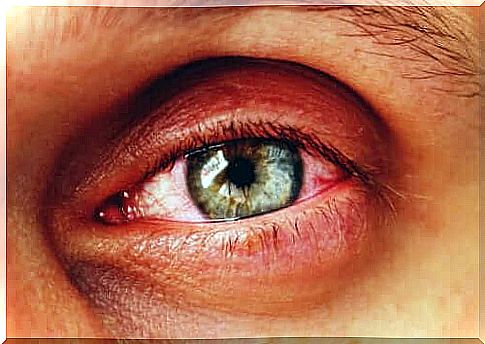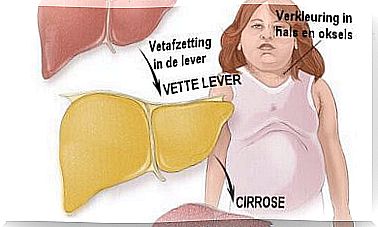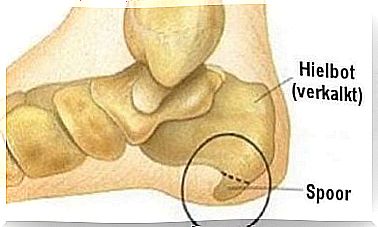What Are The Symptoms Of Uveitis?

Uveitis is a form of eye infection. It affects the middle layer of tissue on the inside of the eye, the uvea. This ocular pathology can occur in one or both eyes. The symptoms of uveitis usually appear suddenly and get worse quickly. It is most common in people between the ages of 20 and 50, but can also occur in children.
Uveitis can be serious and lead to permanent vision loss. Early diagnosis and treatment are therefore important to prevent complications from uveitis.
At the same time , people with changes in certain genes are more likely to develop uveitis. A recent study also found a significant association between uveitis and smoking.
Types of Uveitis

Before we proceed to discuss uveitis, it is helpful to learn a little more about the eye itself. The uvea is the middle layer of tissue in the eye wall. This includes a:
- Iris
- Radial body
- Choroid – located between the retina, in the innermost layer of the eye wall, and the sclera, the outer white part of the eye wall.
The uvea provides blood flow to the deep layers of the retina. So the type of uveitis you have will depend on which parts of the eye are inflamed:
- Iritis: Affects the front part of the eye and is also the most common type.
- Cyclitis: Affects the ciliary body.
- Choroiditis and retinitis (English link): affects the back of the eye.
- Diffuse uveitis: involves the inflammation of all layers of the uvea.
Any of these conditions can cause inflammation in the jelly-like material in the center of the eye (vitreous humor). In addition, inflammatory cells can penetrate inside.
In addition, there is a different classification of uveitis according to the area of the uvea that it affects. In severe cases, it even affects all layers of the eye.
Front
Uvea inflammation occurs near the front of the eye. It starts suddenly and symptoms can last up to 8 weeks. Some variants of anterior uveitis are constant, while others disappear and recur.
Intermediary
The swelling of the uvea occurs near the central part of the eye. The symptoms can last from a few weeks to many years. This variant can also be cyclical, sometimes with fluctuations in severity.
Rear end
The inflammation of the uvea is located at the back of the eye. In this case , the symptoms can then come on gradually and last for many years.
Symptoms and Complications of Uveitis

A uveitis can cause a variety of signs, symptoms, and features. Some of the features and symptoms that comprise a uveitis include:
- red eye
- eye pain
- Sensitivity to light
- Blurry sight
- Dark spots floating in the field of view (floaters)
- Impaired vision
The symptoms of uveitis can come on suddenly or get worse quickly, although in some cases the symptoms can come on gradually. In addition to these symptoms, if left untreated, uveitis can cause certain complications, for example:
- Glaucoma
- cataract injury
- Injury to the optic nerve
- Detachment of the retina
- Permanent loss of vision
- Causes of uveitis
- Eye drops
In about half of all cases, the specific cause of the uveitis is not clear. In cases where the cause is identifiable, this may include:
- Autoimmune disease, such as sarcoidosis or ankylosing spondylitis.
- Injury or eye surgery.
- Inflammatory disease, such as Crohn’s disease or ulcerative colitis.
- An infection, such as cat scratch disease, shingles, syphilis, toxoplasmosis, tuberculosis, Lyme disease, or West Nile virus.
- Cancer that affects the eyes, such as lymphoma.
Diagnosis and treatment of uveitis
Since uveitis is often associated with other diseases or conditions, some diagnostic tests may be needed. These may include, for example, a physical exam, blood or skin tests, eye fluid analysis, and imaging tests.
Treatment should be immediate to avoid long-term problems. Ophthalmologists often treat uveitis with medication in the form of eye drops that reduce inflammation. They may also use eye drops that dilate the pupil to reduce pain and swelling.









